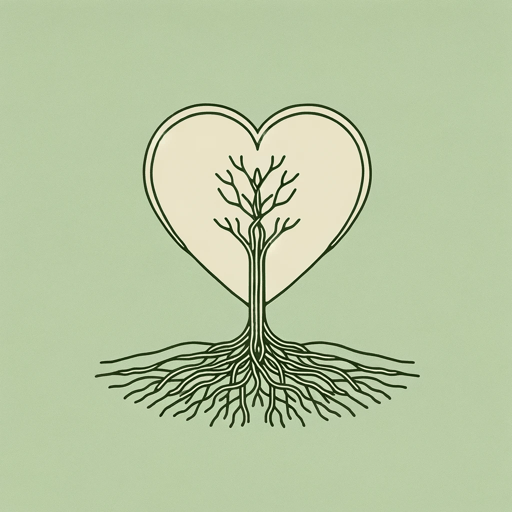47 pages • 1 hour read
Resmaa MenakemMy Grandmother’s Hands: Racialized Trauma and the Pathway to Mending Our Hearts
Nonfiction | Book | Adult | Published in 2017A modern alternative to SparkNotes and CliffsNotes, SuperSummary offers high-quality Study Guides with detailed chapter summaries and analysis of major themes, characters, and more.
ConclusionChapter Summaries & Analyses
Conclusion Summary: “Afterword”
The Afterword addresses the killing of Black people by law enforcement officials. Police officers kill Americans an average of three times daily. The percentage of Black victims is two and a half times that of white victims. Although police killings are common in the US, the 2017 murder of Justine Damond drew global outrage. Damond was a white Australian woman living in an upper-middle-class section of Minneapolis. A Black police officer killed her outside her home. The incident was a wake-up call for white people, who suddenly understood why Black people fear and mistrust police.
Damond’s death demonstrates that the trauma embedded in police bodies is no longer a Black or American problem. Rather, it is a global problem. Facing pain and working through trauma is the only way to curb the violence. A residency system akin to that of medical professionals may improve police training. Mentors could coach, guide, encourage, and hold their residents accountable. Officers could learn psychological first aid, somatic healing techniques, and mindfulness alongside de-escalation techniques. Officers trained in this way would be less apt to draw their weapons unnecessarily. Moreover, their lizard brains would not be as quick to activate. Civilians must demand change to make their communities safer.

